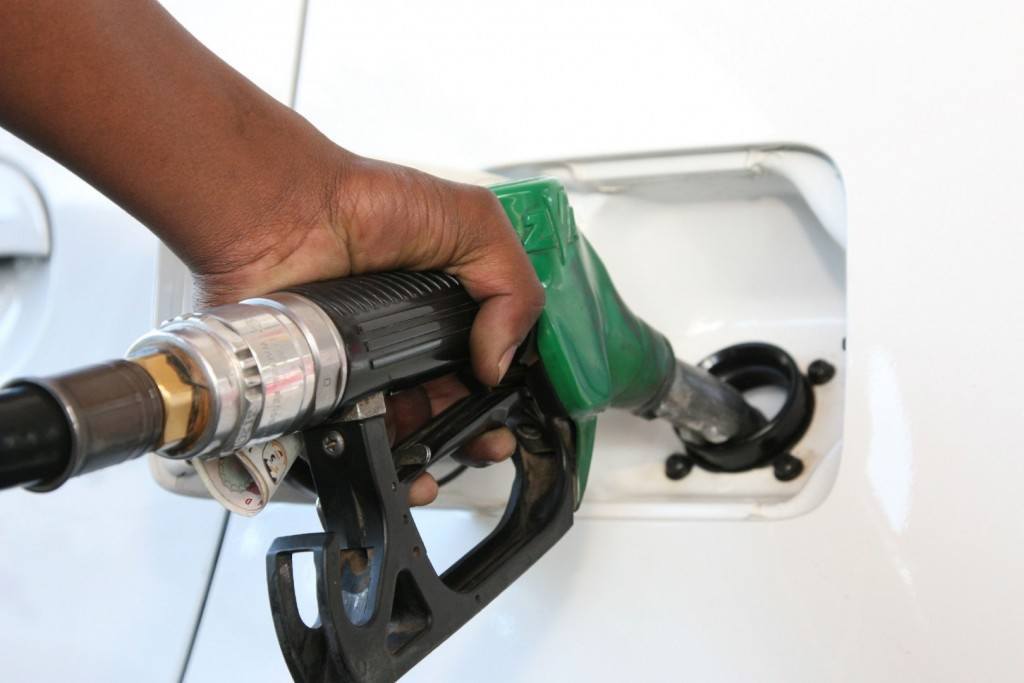CPI: Inflation steady as big interest-rate hike looms

South Africa’s inflation rate held steady near the ceiling of the central bank’s target range on the eve of what’s expected to be the biggest interest-rate hike in more than six years.Annual inflation was 5.9% in April, unchanged from the prior month, Statistics South Africa said Wednesday in a statement on its website. That matched the median of 13 economists’ estimates in a Bloomberg survey.
Commenting on food price inflation, Agricultural Business Chamber of South Africa chief economist Wandile Sihlobo said overall various factors in the food market will push in opposing directions in the short term.
“With that said, we believe that South Africa’s consumer food price inflation could average 6% y/y in 2022 (from 6.5% in 2021). The base effects, along with meat, fruits and vegetables, will likely provide a constructive price inflation path ahead.”
Sarb expectations
While the South African Reserve Bank (Sarb) officially targets inflation in a band of 3% to 6%, its monetary policy committee prefers to anchor expectations close to the midpoint of the range. The rate of price-growth, stoked by record-high fuel prices (up 2.2% month-to-month and 29.2% higher than a year ago) and rising food costs, has topped 4.5% for a full year, with the breach of the ceiling of the official target now creating room for an aggressive rate hike on Thursday.
After lifting borrowing costs by 25 basis points at each of its last three meetings to 4.25%, the monetary policy committee is expected to up the pace of tightening this week. That’s as inflationary risks posed by a weaker rand and more hawkish stances by the US Federal Reserve and European Central Bank reduce the appeal of local assets for offshore investors, outweighing concerns about the deterioration in domestic economic growth prospects.
Of the 20 economists in a Bloomberg survey, 15 predict a half-percentage point increase, with the remainder expecting a smaller 25 basis-point hike. Forward-rate agreements starting in one month, used to speculate on borrowing costs, are fully pricing in a quarter-point increase, and have put the odds of a 50 basis-point move at almost 90%.
The implied policy rate path of the central bank’s quarterly projection model, which the MPC uses as a guide, last indicated a repurchase rate of 5.06% by year-end. At the time, Sarb saw the economy growing by 2% in 2022 – a forecast that’s likely to be revised lower after deadly floods wreaked havoc in the KwaZulu-Natal province – the second-largest contributor to the nation’s gross domestic product – and the resumption of rolling power blackouts.
Comment
Momentum economist Sanisha Packirisamy and FNB economist Koketso Mano echoed Bloomberg’s expectations of a 50-basis point hike on Thursday.
Packirisamy said elevated international oil prices, the potential feedthrough into food prices and an accelerated hiking cycle globally are likely to support a further normalisation in local interest rates to curb inflation expectations.
“The recent sell-off in the local currency and the consequent fear of higher underlying inflation outcomes have shifted the consensus towards an expectation of a larger interest rate hike of 50 basis points at the upcoming May rate-setting meeting.
Mano said higher inflation expectations are likely to support a lift in structural inflation, warranting further tightening by the MPC. “A more aggressive US Federal Reserve Bank will also add upward pressure to local interest rates.”
Anchor Capital investment analyst Casey Delport added: “The MPC is likely to cite capital outflow concerns and risks of higher import inflation stemming from currency weakness in tomorrow’s (Thursday’s) MPC meeting. So while the bank would ideally prefer to withdraw monetary accommodation very gradually, we do believe that we will see a 50-bpt hike rather than the usual 25 bpts increments thus far in the cycle.
“Interestingly, the domestic inflation and growth forecasts do not necessitate such an acceleration yet, with the inflation forecasts only temporarily breaching the 6% inflation target ceiling and demand-pull inflation suppressed by real GDP that is still below its pre-pandemic peak, a negative output gap, and a weak labour market. However, the upside inflation risks have increased materially given the rand weakness, persistently high oil prices and the recent spike in global food prices.
“Furthermore, the rand has depreciated by 4.8% in trade-weighted terms since the March MPC meeting, with the committee likely to see this as worsening the risks to inflation. We believe that, at this point, the committee would argue that frontloading of the inevitable rate hikes would have a more potent impact on inflation expectations without a materially harsher impact on economic growth.”

